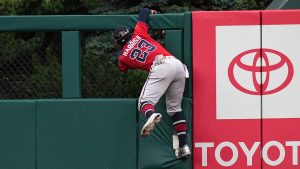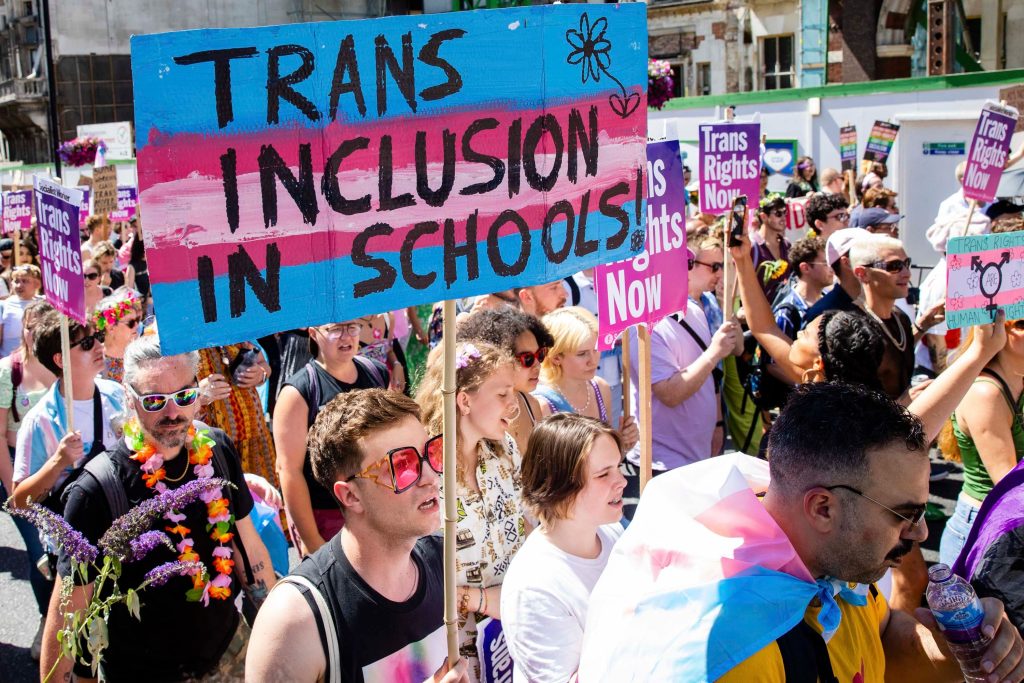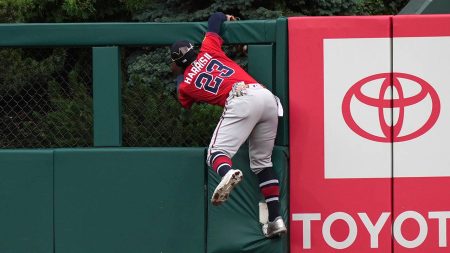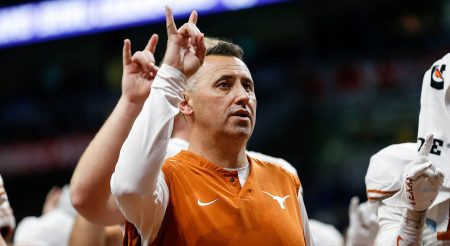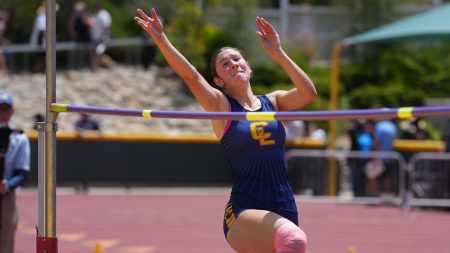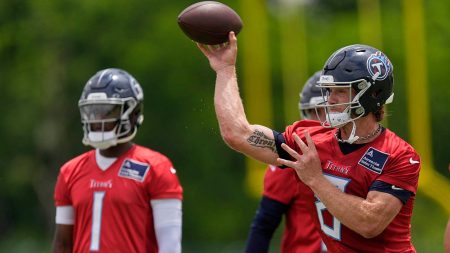The Washington Interscholastic Activities Association (WIAA) is considering a groundbreaking proposal that could reshape the landscape of high school sports by introducing a third gender category, termed the “open division,” for transgender athletes. This move aims to address the growing controversy surrounding the inclusion of transgender girls in girls’ sports, balancing the rights of transgender athletes with concerns about fair competition. Currently, Washington allows student-athletes to compete based on their gender identity, a policy that has sparked debate and prompted the WIAA to explore alternative solutions. The proposed amendment would create a girls’ division specifically for those assigned female at birth and an open division welcoming all athletes regardless of their gender identity. This would effectively separate transgender athletes from cisgender girls, aiming to create a more level playing field while still allowing transgender athletes to participate. The stated goal of this policy is to ensure both fairness and inclusivity, fostering a safe and supportive environment for all athletes while acknowledging the biological differences that can impact athletic performance.
The proposal arrives amidst mounting pressure on the WIAA to revise its current transgender inclusion policy. A school board in Spokane Valley and Liberty Lake recently sent a letter to the WIAA urging them to reconsider the current rules, citing concerns about competitive equity. This board, comprised entirely of women with personal experience in athletics or with daughters who are athletes, voiced concerns about the potential disadvantages faced by cisgender girls competing against transgender girls. Their resolution, “Supporting Equity and Safety in Female Sports,” underscores the growing national conversation about how to best navigate the complexities of transgender inclusion in sports. This sentiment echoes nationwide concerns, driven by instances like Veronica Garcia’s (formerly Devina and Donovan Brown) victories in the girls’ 400m race, which sparked outrage among some parents, athletes, and women’s rights advocates.
The WIAA’s proposal comes on the heels of a growing national trend toward stricter regulations on transgender participation in sports, particularly at the high school and collegiate levels. While Washington is among 25 states with laws protecting transgender inclusion in sports, a wave of legislation in other states has sought to restrict or ban transgender girls from competing in girls’ sports. The WIAA’s consideration of a third gender category represents a potential middle ground, aiming to preserve both inclusion and fair competition. This option has gained traction in states with strong transgender inclusion policies, such as Oregon and California, where the higher concentration of transgender athletes competing in girls’ sports has amplified the debate.
The controversy surrounding transgender athletes in sports has become increasingly heated, fueled by high-profile cases and polarized public opinion. Opponents of transgender inclusion argue that biological differences create an unfair advantage for transgender girls, potentially displacing cisgender girls and jeopardizing their opportunities for scholarships and recognition. Proponents of inclusion emphasize the importance of affirming transgender identities and ensuring equal access to sports for all students, regardless of gender identity. The WIAA’s proposal attempts to navigate this contentious landscape by offering a solution that acknowledges both perspectives, though its reception is likely to be mixed, with both sides potentially finding aspects to criticize.
The experience of a current cross-country runner, shared at the Central Valley School Board meeting, exemplifies the concerns voiced by some female athletes. She recounted competing against a transgender girl in middle school and questioned the fairness of the situation, highlighting the perceived physical advantages attributed to male biology. This anecdote, along with other similar accounts, contributes to the ongoing debate about how to best balance inclusivity and competitive equity in girls’ sports. It underscores the real-world impact of the WIAA’s current policy and the potential implications of any future changes. This young athlete’s testimony also mirrors the arguments presented by prominent figures like Riley Gaines, a former NCAA swimmer and outspoken critic of transgender inclusion in women’s sports, further amplifying the national conversation.
The WIAA’s proposed creation of an open division for transgender athletes mirrors a concept previously advocated by figures like Steve Garvey, former Los Angeles Dodgers player and California Senate candidate, who suggested that transgender athletes should compete against each other. This idea attempts to create a space for transgender athletes to participate while addressing concerns about competitive balance in existing gender-segregated categories. However, the practical implementation and potential reception of such a division remain uncertain. The case of Martin Luther King High School in Riverside, California, further illustrates the intensity of this debate, with student protests, lawsuits, and impassioned pleas highlighting the deep divisions on this issue within school communities. This situation underscores the challenges faced by schools and athletic associations as they grapple with balancing the rights and needs of all students in an increasingly polarized environment. The WIAA’s decision will likely have far-reaching consequences, setting a potential precedent for other states and intensifying the ongoing national dialogue about transgender inclusion in sports.


